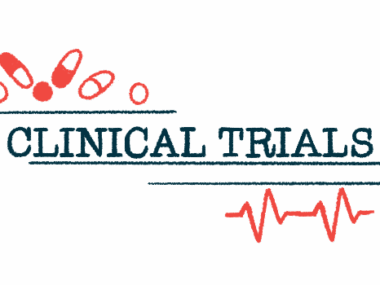Awareness Needed About Importance of Early Diagnosis, Treatment of NTM Infections
Written by |

An earlier diagnosis and treatment of nontuberculous mycobacteria (NTM) infection in patients with cystic fibrosis (CF) may positively affect the patient’s lung function, a study suggests.
NTM are a group of bacterial species, found in soil and water, which are not usually associated with human disease, except if they infect susceptible individuals, such as CF patients.
An increasing incidence of NTM infections in CF patients has been observed, with recent studies reporting a prevalence of 32.7%. The exact reasons behind this, the risk factors, the species involved, and effective treatments for NTM infections in CF patients remain largely unknown.
In the study “Clinical course and significance of nontuberculous mycobacteria and its subtypes in cystic fibrosis,” published in the journal BMC Infectious Diseases, researchers analyzed the prevalence of NTM infections in CF patients to identify factors associated with these infections, as well as monitor current treatments.
The study initially involved 360 CF patients, of whom 30 (8%) were identified as being positive for NTM infection. Of these, 28 patients were further analyzed, and their results compared with 26 matched CF patients not infected with NTM (the control group).
Within the NTM group, 17 patients were infected with a class of NTM known as slow-growing, eight patients were infected with rapidly growing NTM, while three were positive for both types.
Those infected with slow-growing NTM were generally older (range of 6.4 to 41.6 years) than those infected with the rapid-growing types (3.1 to 21.5 years), but that difference did not reach statistical significance. However, the age at CF diagnosis was significantly lower in the slow-growing NTM group compared to the rapid-growing NTM group.
When lung function was assessed in the two groups, researchers found that lung function as measured by predicted expiratory flow was significantly higher before NTM infection, regardless of the type of NTM.
Regarding treatment patterns, the team found that significantly more patients infected with slow-growing NTM had received penicillin/beta-lactamase and rifampin following infection compared to before infection.
“An earlier CF diagnosis was associated with a higher isolation of slow-growing NTM and greater antimicrobial use after infection,” the researchers wrote, adding that “NTM acquisition is associated with a worsening of [lung function]. Thus, both the early diagnosis and treatment of an NTM infection in patients with CF may positively impact lung function.”
The team believes that “increased awareness by clinicians on different NTM subtypes and more universal treatment plan for NTM infection in the CF population may positively impact patient management and outcomes.”






